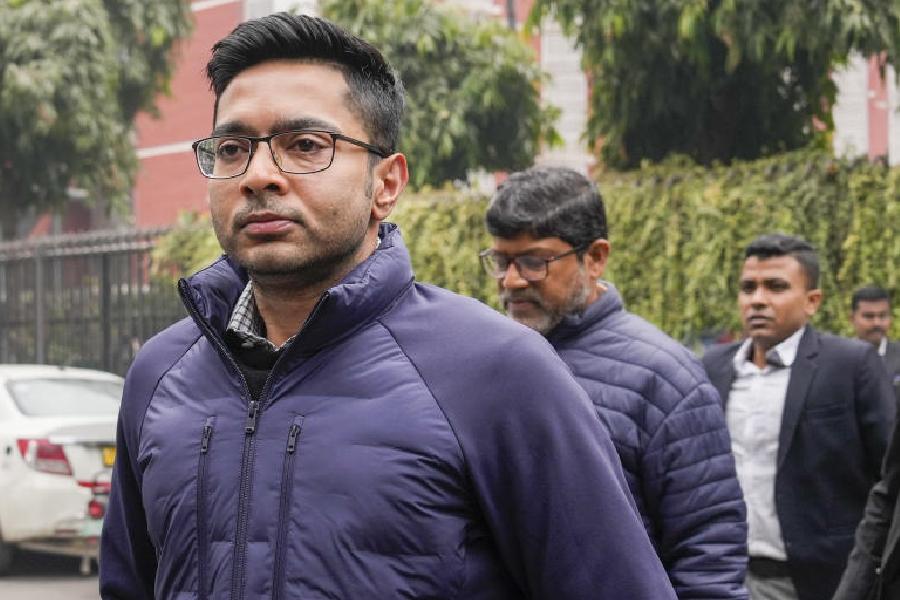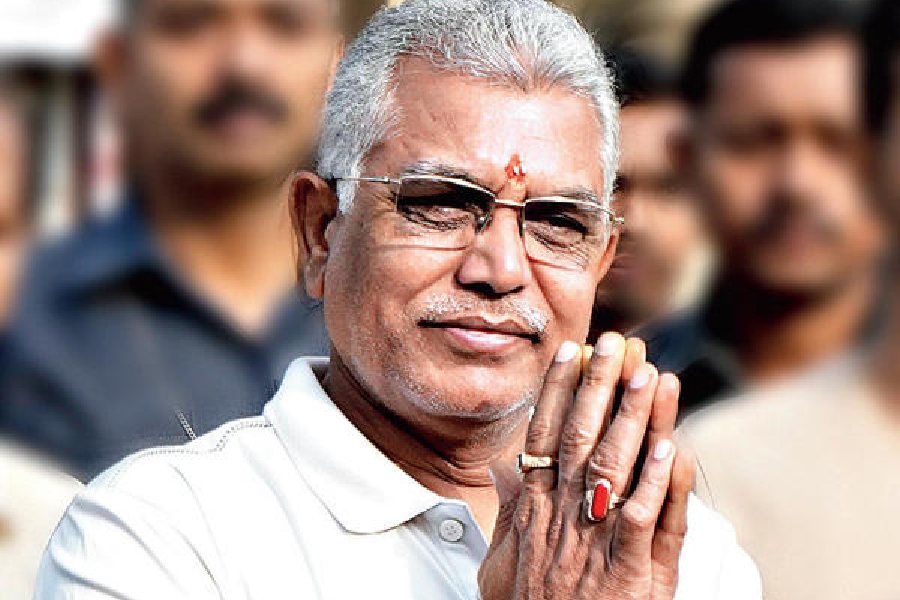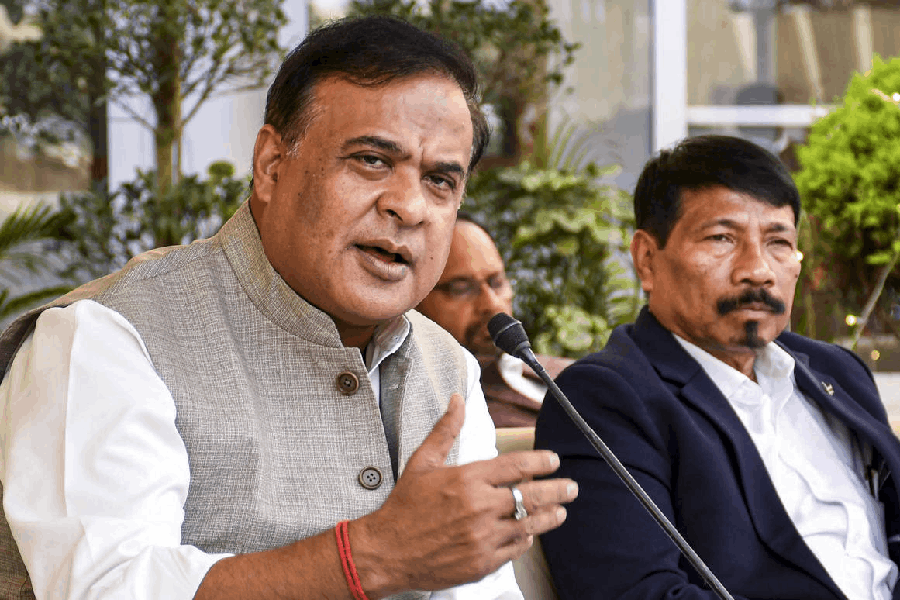 |
 |
 |
| (From top) Manmohan Singh, Pulok Chatterji and Sonia Gandhi |
July 29: The induction of Pulok Chatterji as principal secretary to the Prime Minister in place of T.K.A. Nair is not merely aimed at streamlining the seven-year-old PMO team as the beleaguered UPA enters the tough end of its term. It is set to alter the power balance in both the government and the party.
Key to this is the fact that Chatterji, scheduled to assume charge in early October, will cut the weeds and bends in communication lines between Manmohan Singh and Sonia Gandhi. Chatterji will deal directly with both and could well render other signalmen between the UPA’s top two irrelevant.
An Uttar Pradesh cadre IAS officer, Chatterji has enjoyed the confidence of the Gandhi family for decades now, beginning from when he was a young civil servant in their Sultanpur-Rae Bareli pocketborough. Chatterji was picked for a senior job at the Rajiv Gandhi Foundation by Sonia and worked as secretary to her when she was leader of Opposition in the Lok Sabha.
He is, in addition, an officer who enjoys Prime Minister Singh’s confidence; Chatterji served as secretary to Singh during his first term in South Block. He was called to New Delhi last month from Washington, where he works for the World Bank, and asked by the Prime Minister to return to his office.
Chatterji’s mandate of straight access to Singh and Sonia — something Nair never enjoyed — is being seen by many as the heralding of a new order that could change, even upset, the current configuration of communication and control in the UPA set-up.
Chatterji may, for instance, not find it necessary to route himself through Ahmed Patel, the influential political secretary to the Congress president.
In the prevailing scheme of things, Patel remains a key and essential port of call for most messaging that does not happen directly between the Prime Minister and the Congress president.
Patel’s clout — and the confidence he enjoys in 10 Janpath — is unlikely to be affected by mere changes of bureaucratic personnel, even if they are at the top of the PMO. But some observers suggest a new underlying tussle and realignment in the ruling establishment. They view the impending change in the PMO along with the enhanced political profile of Congress general secretary Digvijay Singh, and the prominence being handed to leaders such as law minister Salman Khurshid, health minister Ghulam Nabi Azad and I&B minister Ambika Soni, all of whom are seen to describe the anti-Ahmed Patel faction in the Congress.
As more changes are wrought on the PMO — the entire team of joint secretaries is under re-haul — an air of expectancy, and in part even apprehension, pads up and down its power corridors. Most of it is ionised around what Chatterji’s arrival will mean, but some, surely, is still swirling about the meaning of Nair’s changed job description.
Has the man hand-picked by the Prime Minister post-retirement from the Punjab cadre been kicked up or merely sidelined?
The perception that Nair did not meet expectations of crisis management, particularly with the CWG mess and the 2G scam, has been on slow-boil for a while. There was, contiguously, speculation he would be moved out to a Raj Bhavan.
The suggestion that Nair be made a governor after seven years as principal secretary came up again when Chatterji’s appointment was being finalised, but it was shot down at the highest levels, perhaps a clue of the powers’ unhappiness with him. It isn’t as if he has been handed the consolation of the rank of minister of state for being moved out of the principal secretary’s office; that rank he has already held for a while now.
As adviser to the Prime Minister, Nair will remain in occupation of a room in South Block but opinion among those in the know remains divided on what he will be able to make of such occupation. Advisers to the Prime Minister often pull little weight, especially in the business (read political) end of a term.
Raghuram Rajan, an adviser on economics, lives in Chicago, for instance. Another, Sam Pitroda, works out of Vigyan Bhavan and has taken on a concurrent role as adviser to Mamata Banerjee.
The Prime Minister himself has, over time, shifted the bulk of his 18-hour workday from South Block to 7 Race Course Road where Nair will not have an office. Singh prefers his modest 7 Race Course Road workstation most days of the week, and even when he comes to South Block, it is only for the first half of the day. The cabinet meeting that approved the Lokpal bill on Thursday was, for instance, held at his South Block office. But that is rare nowadays.










